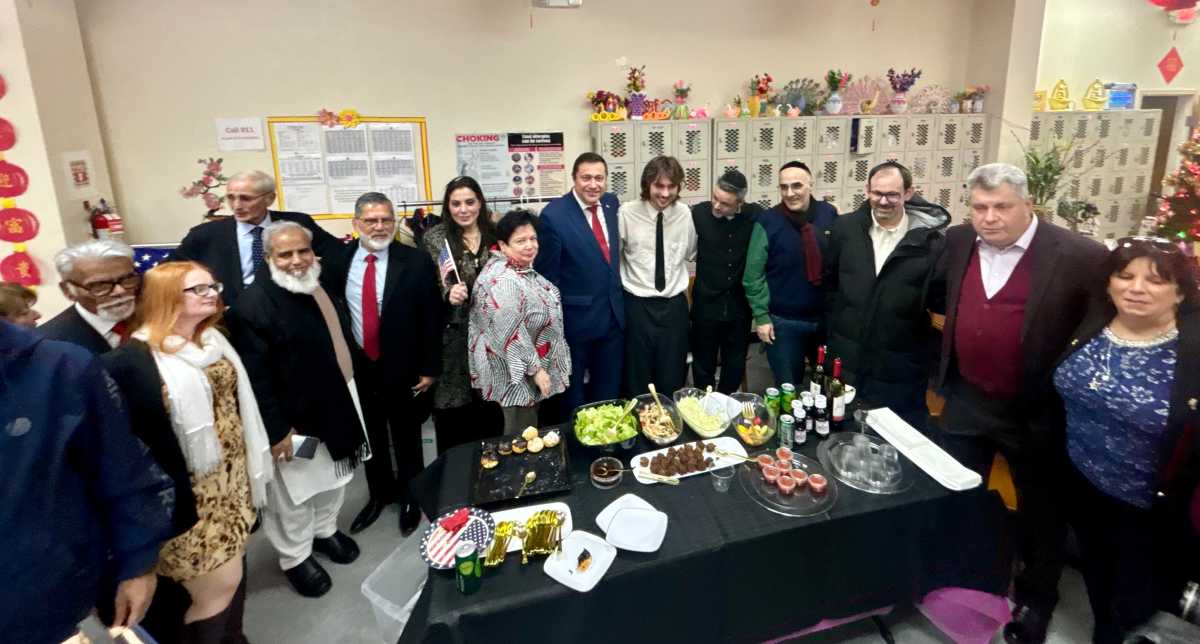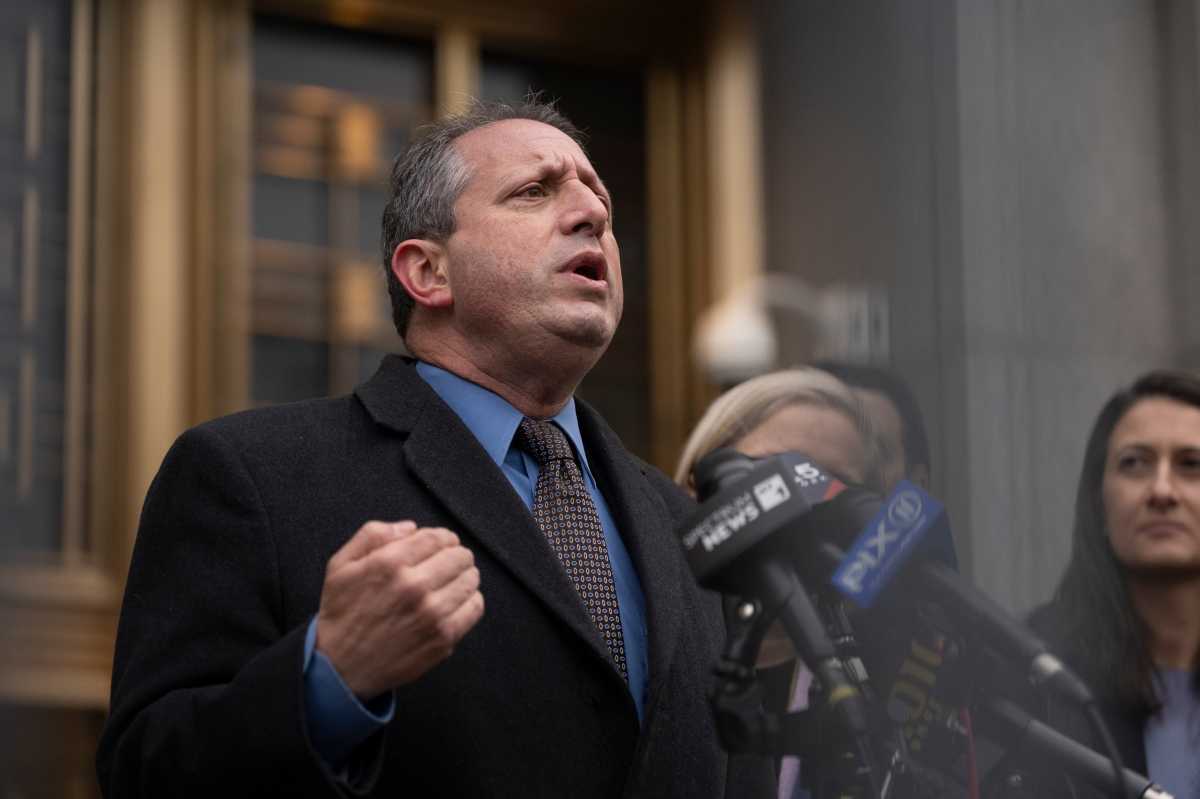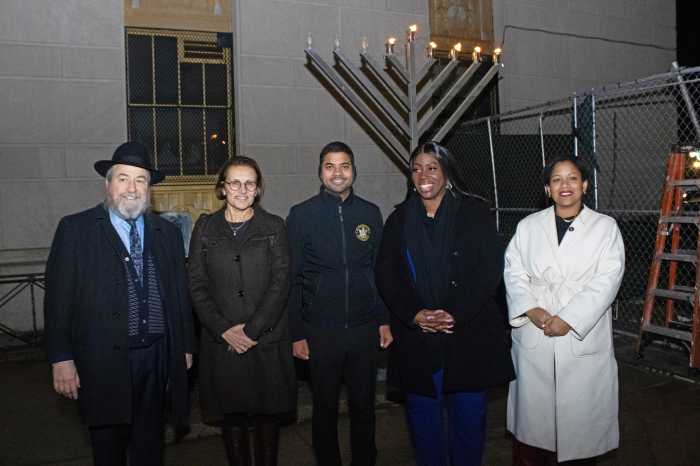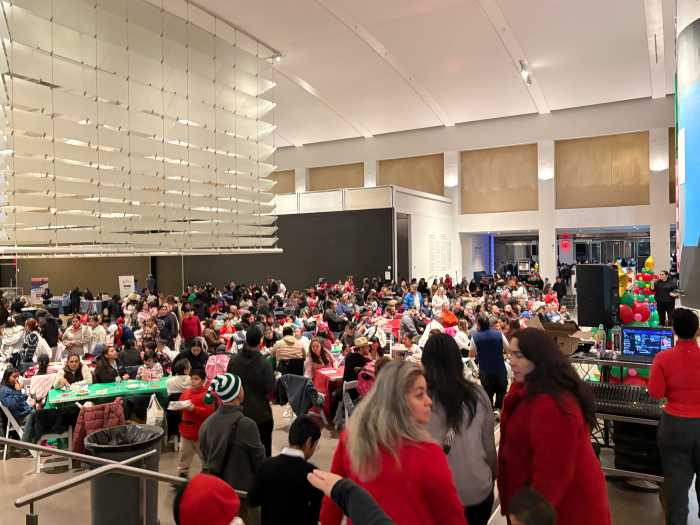State Sen. Zellnor Myrie (D-Brownsville, Crown Heights, East Flatbush, Gowanus, Park Slope, Prospect Heights, Prospect Lefferts Gardens, South Slope, Sunset Park.) brought community stakeholders from throughout his district yesterday to air out specific transit issues – all hoping that some of the $25 billion earmarked for the MTA in the recently passed state budget will find its way to Central Brooklyn.
Myrie also brought State Sen. Tim Kennedy (D-Buffalo), chair Senate’s Transportation Committee, along with Assemblymembers Jo Anne Simon and Felix Ortiz, and City Council Member Brad Lander to the roundtable discussion at the Sunset Park Library – all of whom are part of Myrie’s overall district.
Also present were representatives from Brooklyn Borough President Eric Adams office and Assemblywoman Diana Richardson’s office.

“Central Brooklyn has transit deserts, a lack of accessibility, and many other issues that underserve and can even directly harm our people. But when we come together and advocate, as we have in this meeting, we can win a transit system that serves our people,” said Myrie.
“Just this week, we won the removal and replacement of diesel buses from bus lines that polluted the air and harmed the health of residents in Brownsville. These, and other transportation issues can be, in many instances, matters of life and death for our people,” he added.
Among those present were representatives from Community Boards 6, 7, 8, 9, 16 and 17, who all listed a range of transit issues mainly ranging around increased accessibility to the subway through elevator installations to improved and upgraded service on subway and bus lines to the re-institution of the B71 line, which once ran Park Slope, Gowanus, Carroll Gardens, Crown Heights and the Columbia Street Waterfront District.
Ryan Lynch, who represented Adams said the Borough presidents recommendations on Brooklyn transit fixes include the low-hanging fruit of the L-3 transfer between Livonia Avenue and Junius Street, which has yet to be realized despite our efforts to secure it in the MTA capital plan.
“Beyond that, there are a number of additional subway stations within close proximity of each other where either a free out-of-station transfer or physical connector ought to be established. This is a low-cost solution to the high-cost problem of persistent transit inequity,” said Ryan.
“Additionally, the borough president feels we need to go beyond the Atlantic Ticket pilot he helped secure that is improving the activation of Brooklyn and Queens’ LIRR transit capacity to move commuters through relative transit deserts. Investment in broadening participation to this initiative is key. particularly in the East New York, which is part of Gov. Cuomo’s Vital Brooklyn plan for Central Brooklyn, and where an expected 5,000 new residents will come to a transit desert,” he added.
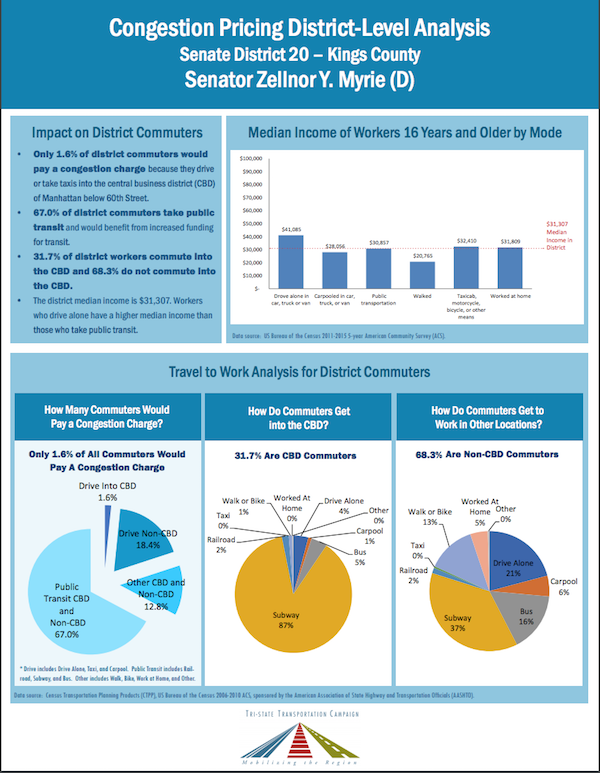 On the more pricey side, Simon noted how the F train stop at York Street in DUMBO is well below ground and only has one exit/entrance. There needs to be another entrance. It might be expensive to dig one, but boy do we need it, and if something goes wrong and a tragic incident happens where riders don’t have another exit the liability will be much more expensive, she said.
On the more pricey side, Simon noted how the F train stop at York Street in DUMBO is well below ground and only has one exit/entrance. There needs to be another entrance. It might be expensive to dig one, but boy do we need it, and if something goes wrong and a tragic incident happens where riders don’t have another exit the liability will be much more expensive, she said.
Jaqi Cohen, the Straphangers Campaign Coordinator for NYPIRG, noted how Access-A-Ride, which services riders with disabilities is not always efficient and noted how a E-Hail On Demand Pilot program has been both successful and cost-effective. This could be expanded, she suggested.
Lander noted how Myrie’s district was gerrymandered in the last census, but the positive from that is that the district cuts across so many socio/economic/ethnic lines. This meeting shows how there are many common issues among us whether it’s segregated schools, mass transit or parks, he said.



